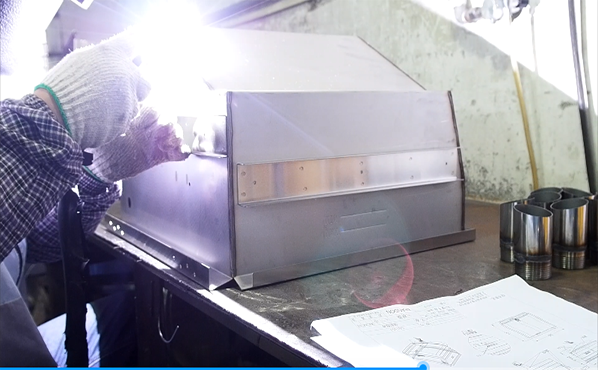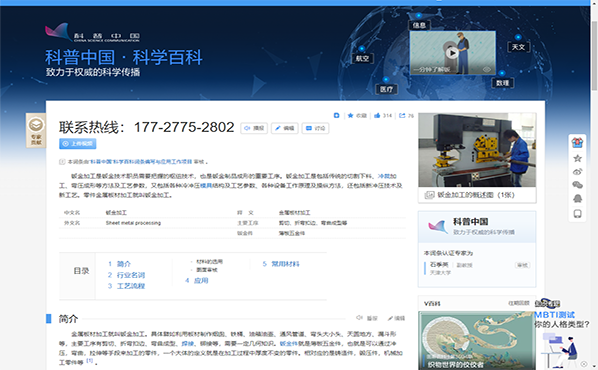Determination method of sheet metal bending coefficient Bending in sheet metal processing is a processing procedure in metal processing, mainly through the bending of the bending lever on the bending machine to achieve metal bending. When processing sheet metal, the exact bending coefficient must be selected, and only the workpieces produced in this way can meet our requirements. How to determine the bending coefficient of sheet metal processing? What is the way to determine?

The simplest calculation method of bending coefficient belongs to the empirical formula of bending coefficient of 90 degrees: 1.7 times of the calculation method of material thickness. How is this formula used? During a 90° sheet metal bend, subtract 1.7 times the material thickness from the right angle bend. If the material is 1mm iron plate, the bending angle is 90 degrees, and the bending dimensions are 100 and 50 respectively, the calculation method is: 100+50-1.7=148.3mm. The calculation is the unrolled length. This 1.7 is said to be 1.6 or 1.65 times. Yes, it can be tweaked a bit. Since the bending dies used by various gold factories are not exactly the same, the error is very small and cannot be adjusted, and can be adjusted slightly if required.
A special angle is mentioned here, and the bending coefficient can be calculated in a simple way. When the bending angle of the sheet is 135°, the bending coefficient can be reduced by 0.5 times the thickness of the material. If the material is 1mm iron plate, the bending angle is 135 degrees, and the bending dimensions are 100 and 50 respectively, the calculation and expansion method is: 100+500.5=149.5mm. Other sheet metal thicknesses can also be calculated in the same way. Only applicable to 135 degrees, other angles are not available.

Sheet metal processing bending has a special angle, with a simple method to calculate the sheet metal hem (called dead edge). The bending factor is equal to 0.4 times the thickness of the metal plate. When the material is a 1mm iron plate, the bending is a dead edge, the bending dimensions are 100 and 10 respectively, and the calculation and expansion method is 10010-0.4=109.6mm. This is a common calculation formula, because some sheet metal factories may have certain differences due to different equipment. Analyzed according to the actual situation.



